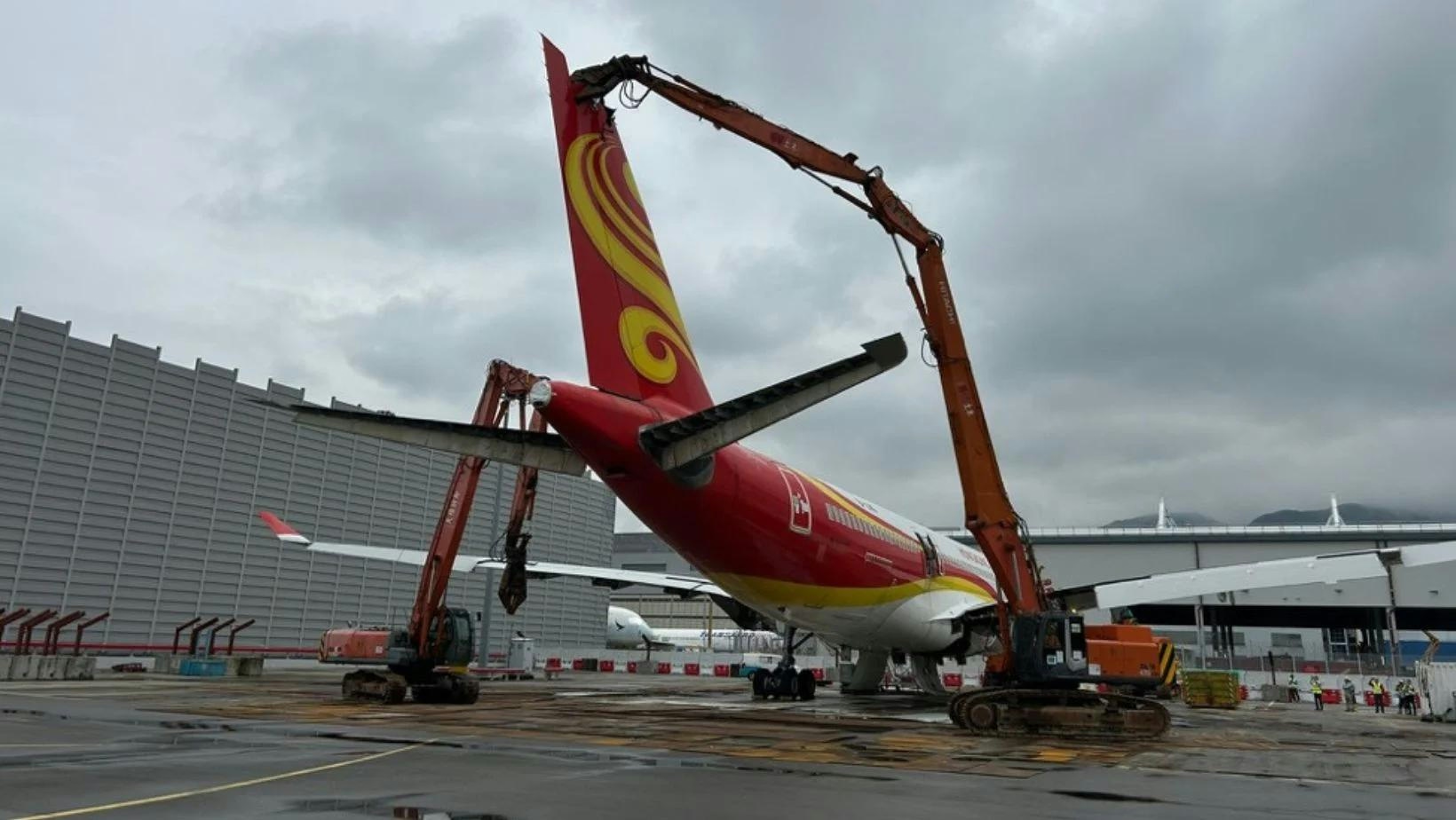
Smarter email, faster business.
Trending
James Viola Named CEO of GAMA

James Viola Named CEO of GAMA
James Viola has been appointed president and CEO of the General Aviation Manufacturers Association (GAMA), bringing with him a wealth of experience and a clear vision for the organization’s future. His early tenure has been characterized by a seamless transition and a strategic focus on innovation, safety, and industry collaboration.
Leadership Transition and Strategic Priorities
Viola’s assumption of leadership at GAMA followed a well-orchestrated handover from former CEO Pete Bunce, including a joint visit to GAMA’s European office that underscored continuity and cooperation. Having concluded his role at Vertical Aviation International (VAI) in mid-March, Viola praised the organization’s robust committee structure, which is led by board members who are themselves CEOs or industry leaders. This framework, he noted, ensures strong guidance and operational stability as he steps into his new role.
Broad Industry Expertise and Sector Integration
With a background that spans both rotorcraft and fixed-wing aviation, Viola brings a comprehensive perspective to GAMA. His previous roles include serving as the FAA’s head of general aviation and leading VAI. Reflecting on his time at Helicopter Association International, he acknowledged the complexity of rotorcraft operations, which encompass 44 distinct mission types, each with unique safety considerations. This diverse experience positions him well to address the evolving needs of both helicopter and airplane manufacturers within the general aviation sector.
Navigating Advanced Air Mobility and Innovation
Viola emphasized the transformative potential of advanced air mobility (AAM), highlighting a critical five-year window during which this emerging sector is expected to mature. He pointed to significant progress by companies such as Beta, Archer, and Joby, noting that certification processes are nearing completion. Innovations like Joby’s exploration of hydrogen propulsion and the renewed interest in hybrid engines exemplify the rapid technological advancements underway. Viola stressed GAMA’s role in fostering industry-wide collaboration to support the development and integration of these new technologies.
Infrastructure, Regulation, and Safety Focus
Addressing the challenges posed by new propulsion systems, Viola highlighted the work of GAMA’s Electric Propulsion and Innovation Committee, co-chaired by Beta CEO Kyle Clark. He recounted discussions at Aero Friedrichshafen, where hydrogen-powered flight demonstrations by Robinson Helicopter showcased the viability of emerging technologies. Viola underscored that while the technology is available, scaling it remains a key hurdle. He also referenced ongoing dialogues with the European Union Aviation Safety Agency (EASA) concerning the classification of electric motors, which could facilitate more flexible certification and operational frameworks.
In the context of air safety, Viola maintained a measured, data-driven outlook despite recent high-profile accidents in the United States. He reaffirmed that aviation continues to be one of the safest modes of transportation, attributing this to stringent regulations, continuous oversight, and a deeply ingrained safety culture within the industry. While acknowledging public concern, he emphasized that overall accident rates in general aviation have been declining.
Industry Outlook and Market Leadership
Viola assumes leadership at a pivotal moment for GAMA, as the association navigates a rapidly changing market landscape. Industry stakeholders have expressed confidence in his ability to guide GAMA through these challenges. While competitors may respond with intensified marketing and strategic shifts, Viola remains focused on sustaining GAMA’s market leadership through a commitment to innovation, collaboration, and unwavering attention to safety standards.
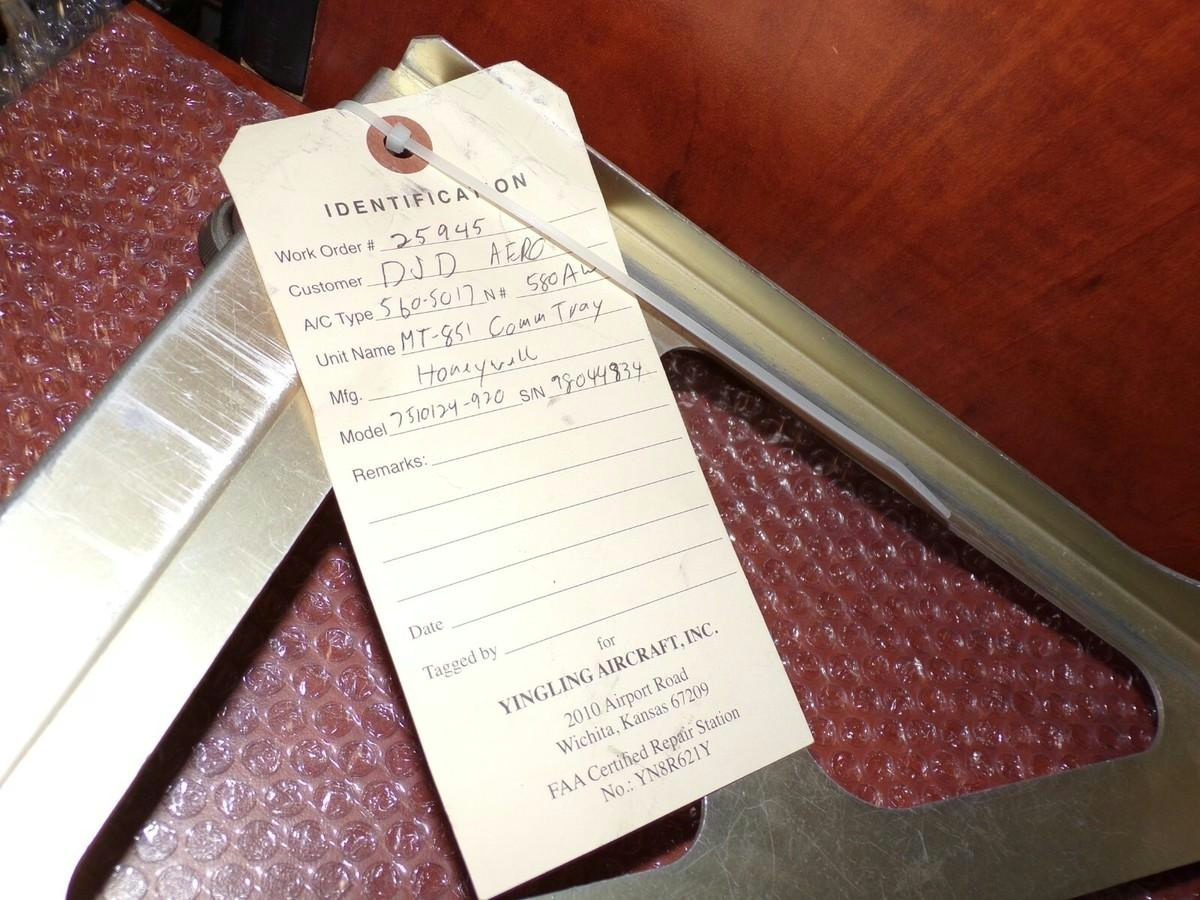
Yingling Aviation Named Authorized Honeywell Dealer
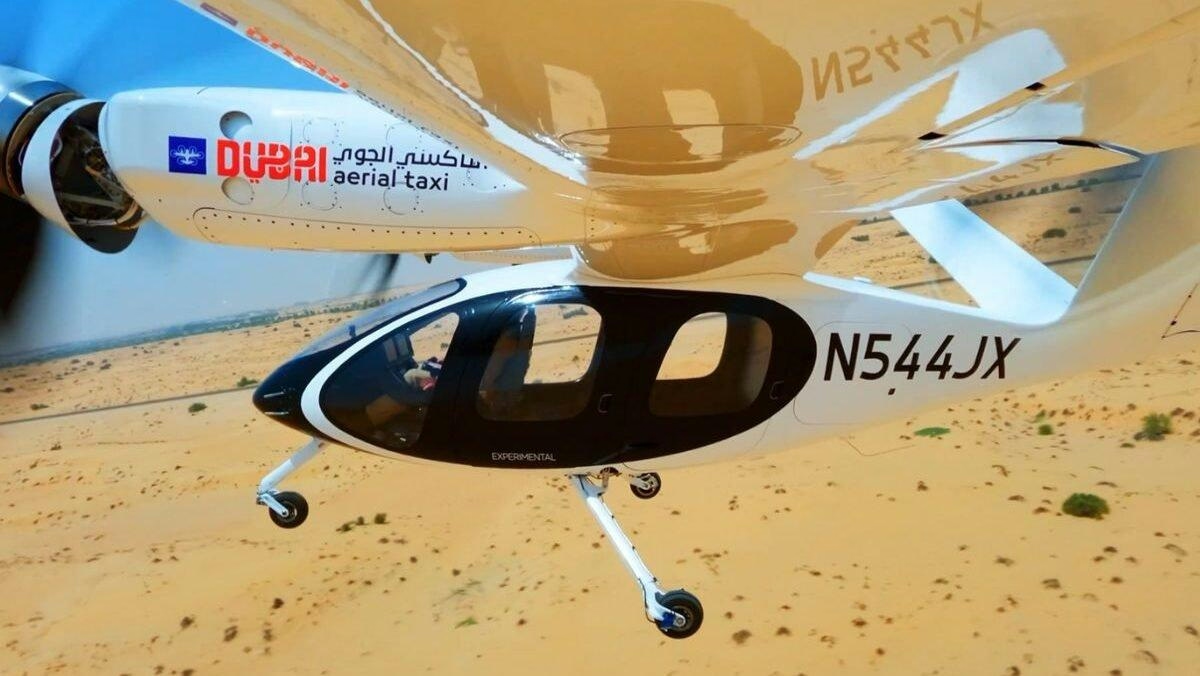
Does Joby Aviation's Milestone in Dubai Point Toward Further Growth?
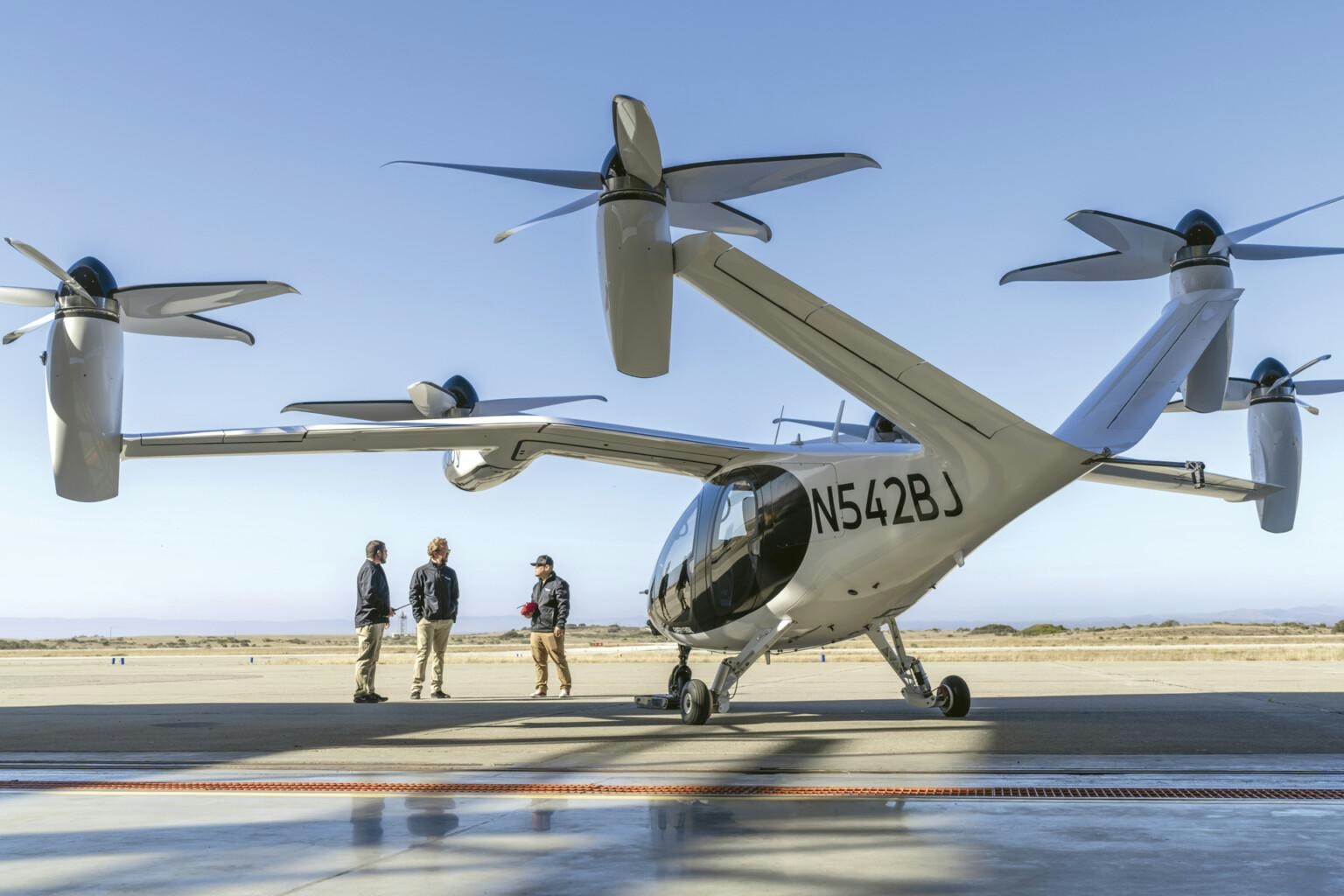
New Invention Promises to Eliminate Airplane Emissions in Country
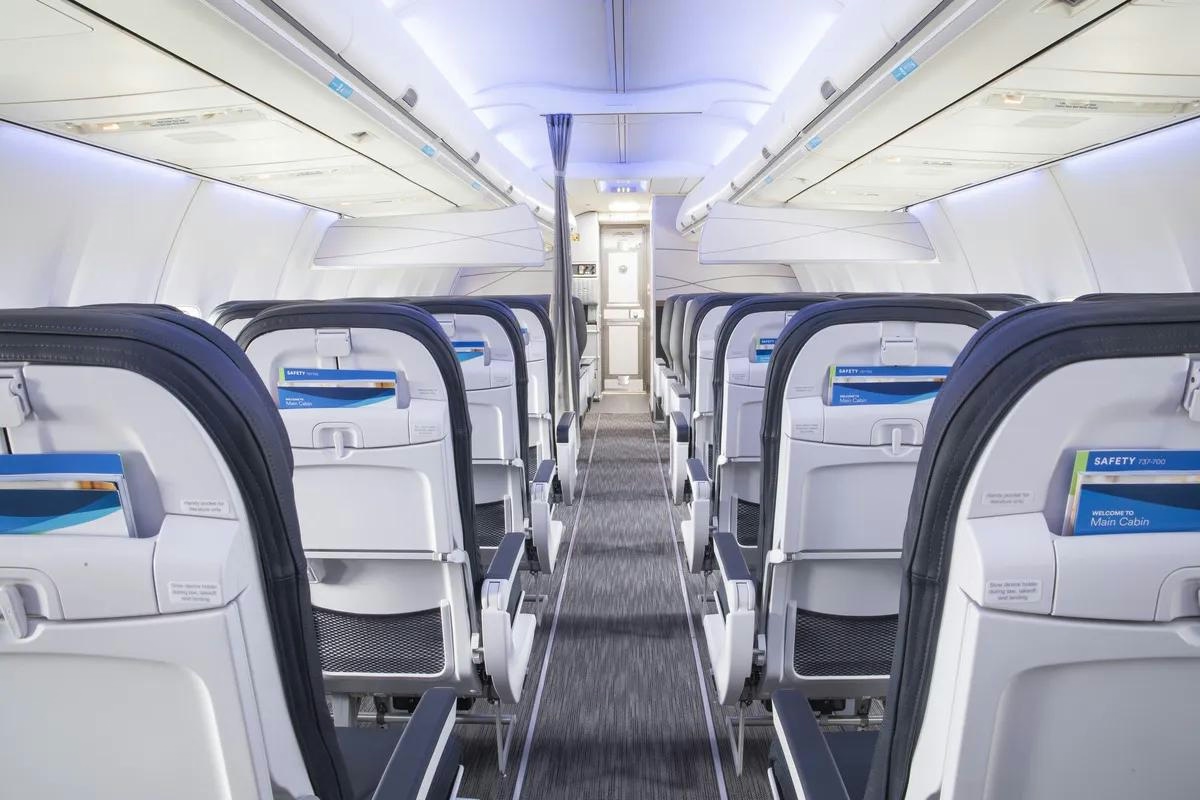
Key Questions on Chinese Travel, AI, and Airlines Answered by Skift
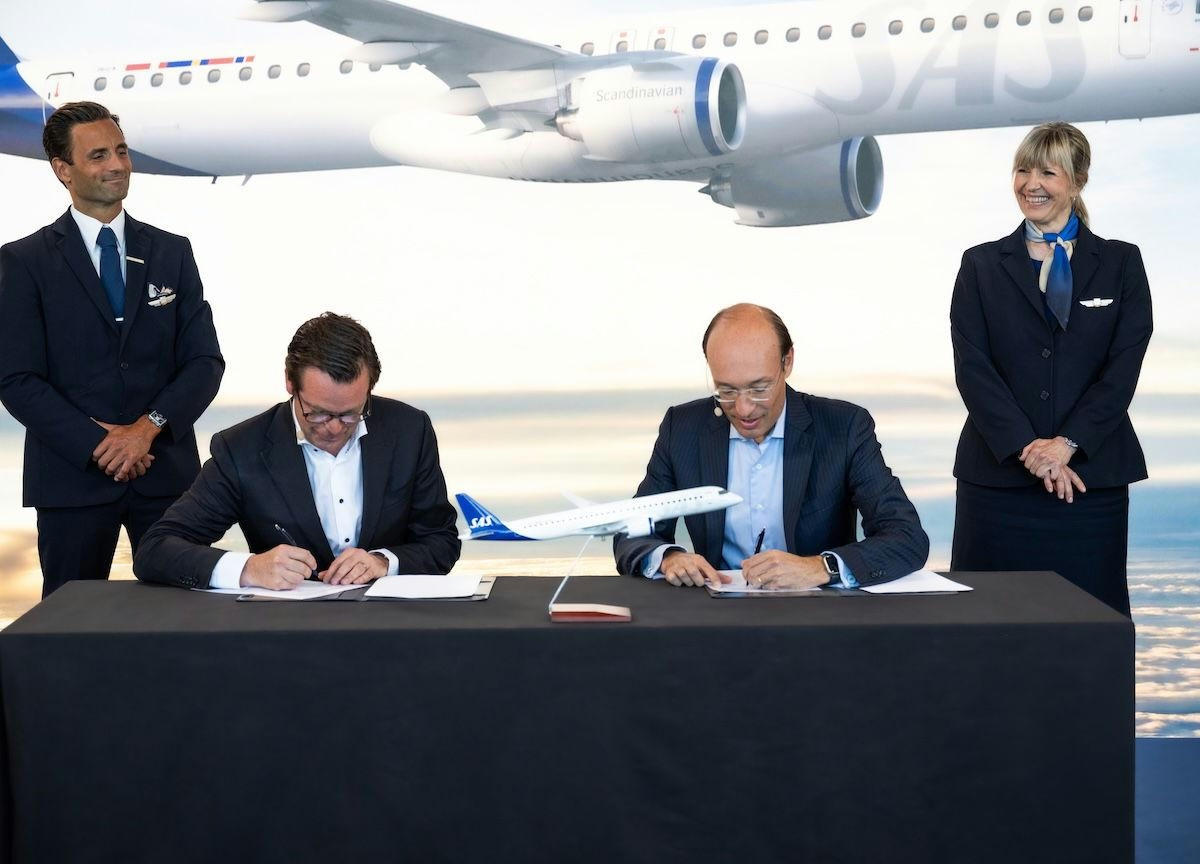
SAS Orders Up to 55 Embraer E195-E2 Jets
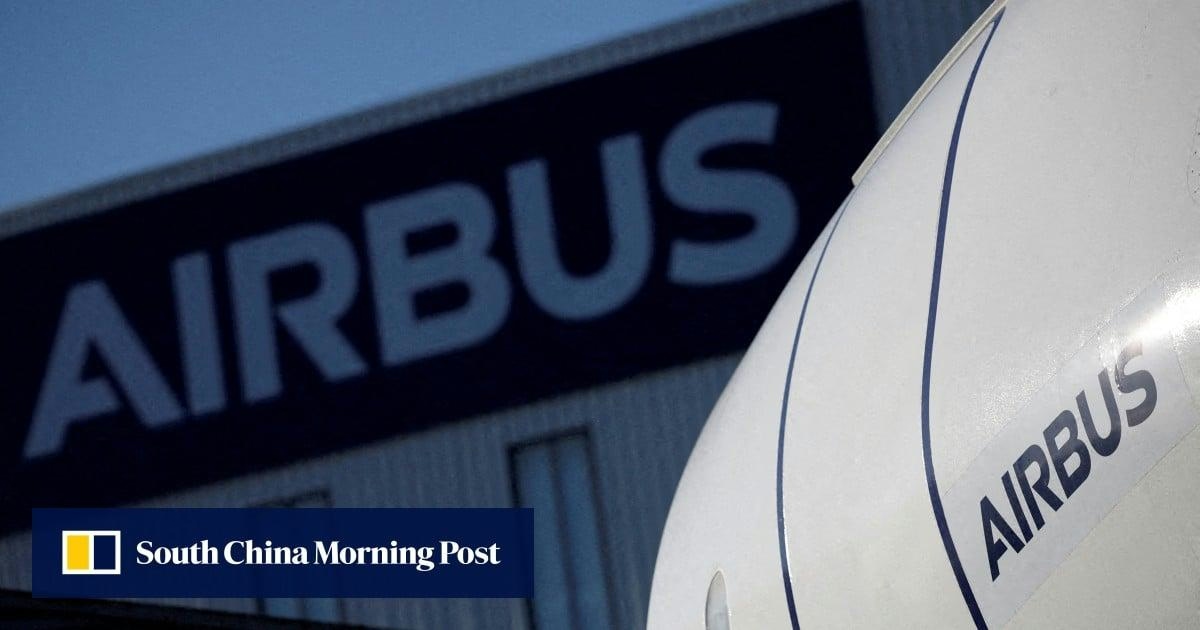
China edges closer to Airbus mega-deal, leaving Boeing out in the cold: analysts
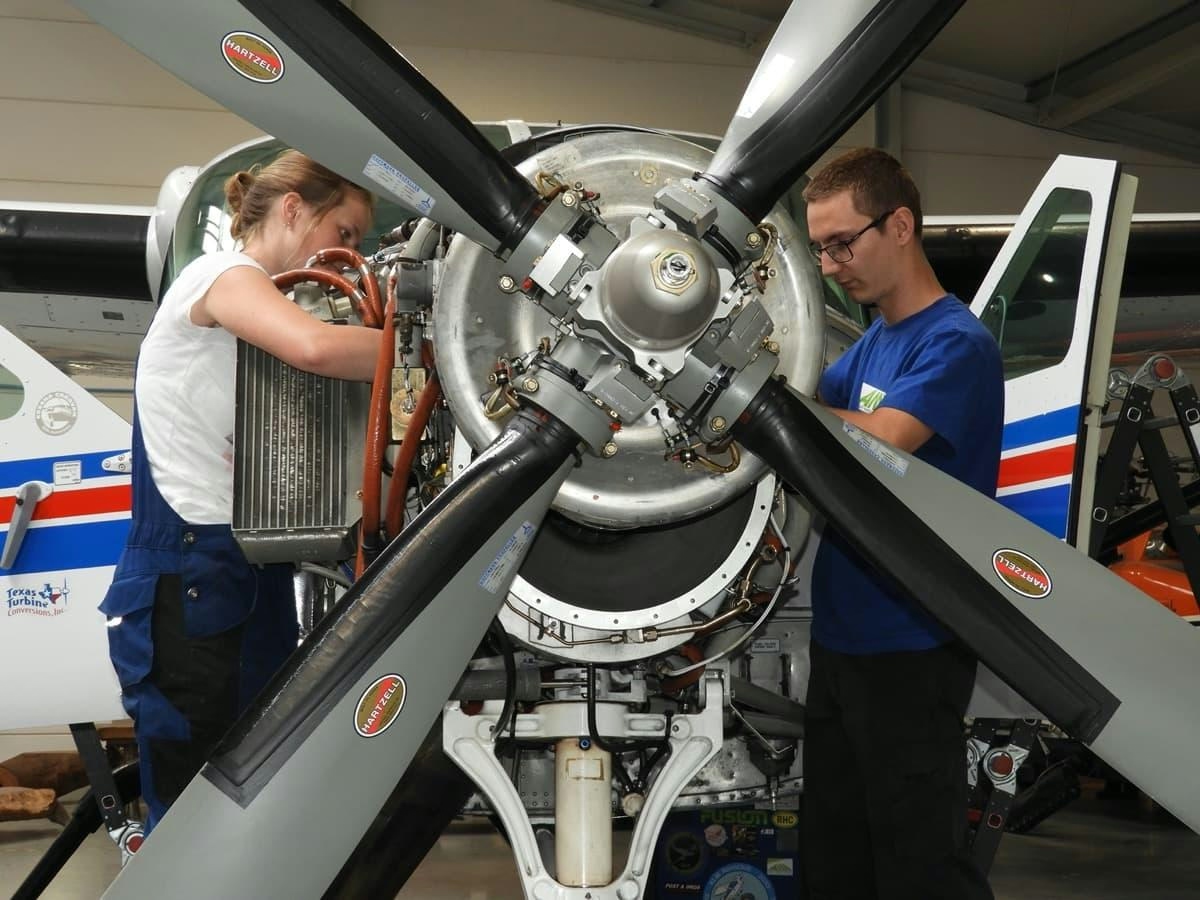
Rano Air Collaborates with Aviation Authorities to Investigate In-Flight Engine Malfunction

Portugal Hosts Aviation Pioneers at World Aviation Festival in Lisbon

World Star Aviation Backs XMAL’s First Lease Deal with easyJet
